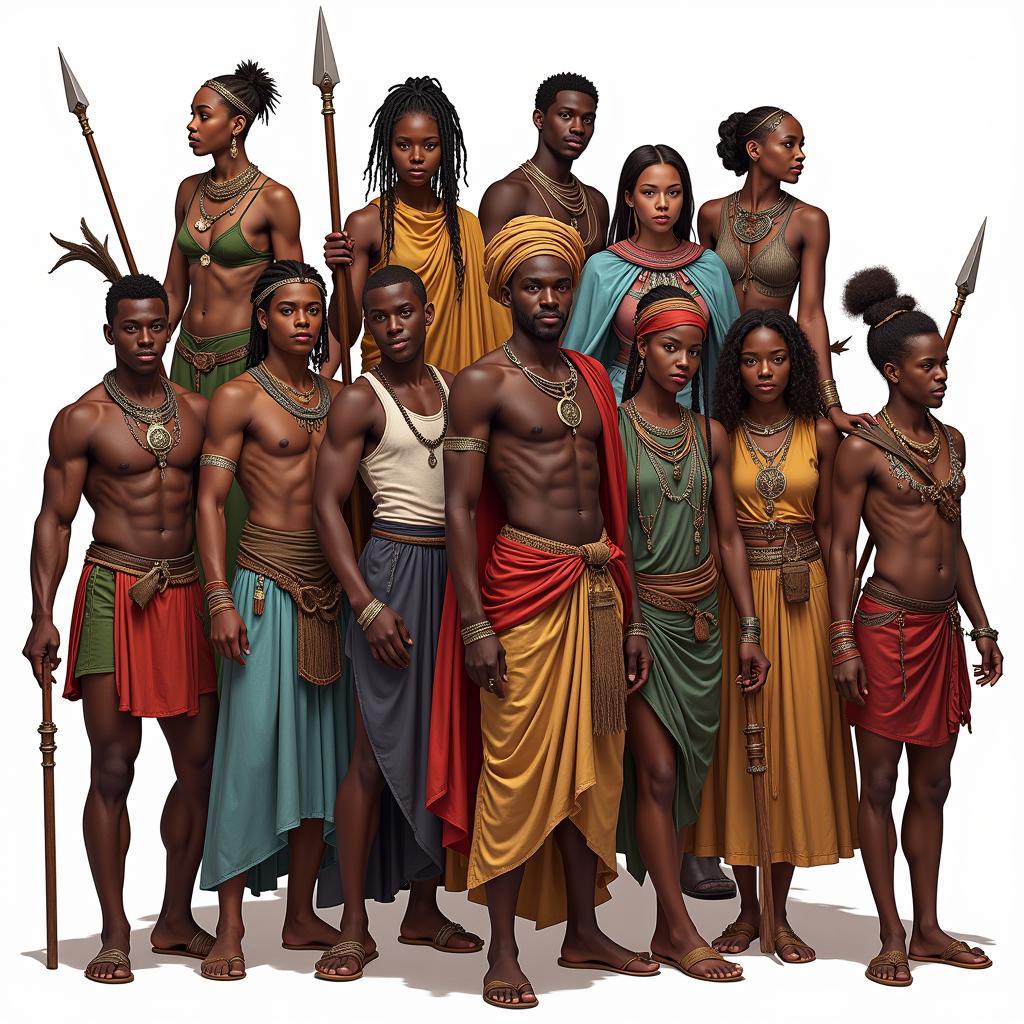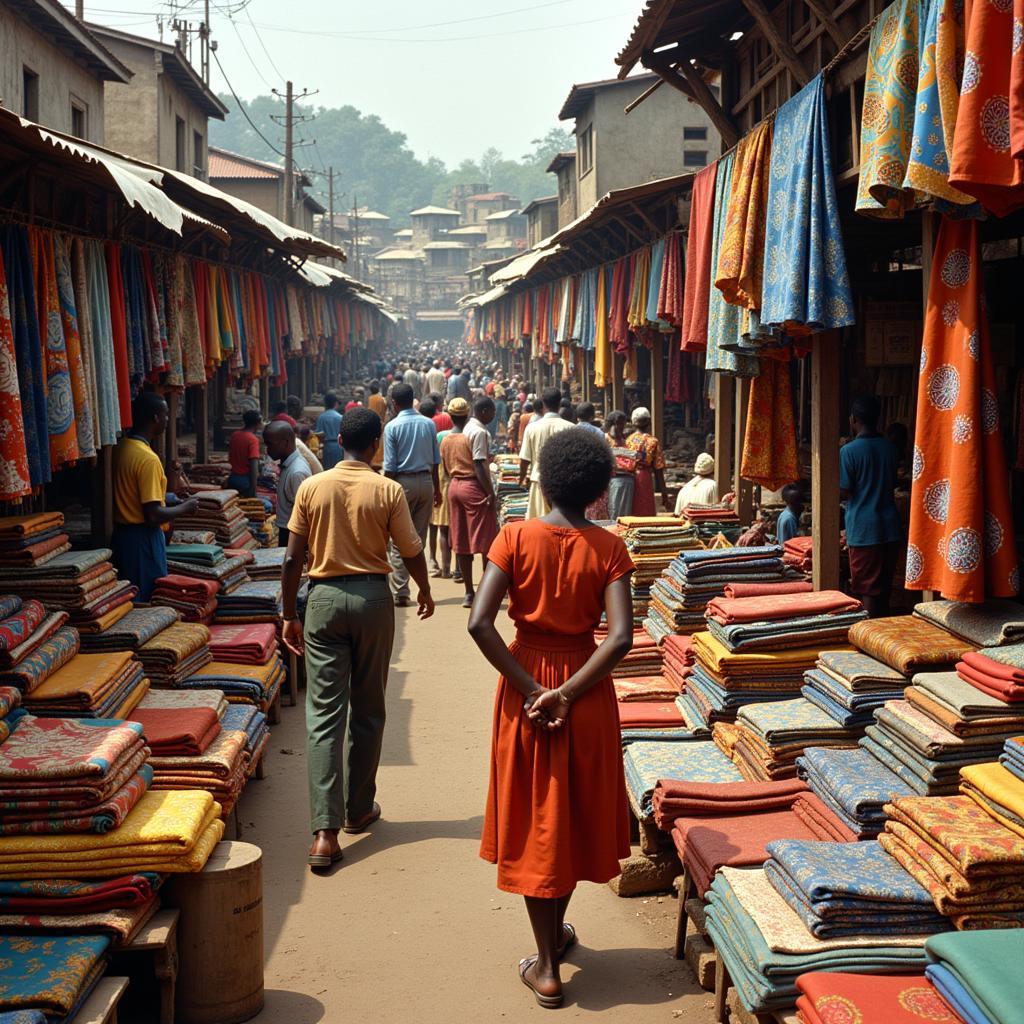African Game Taxidermy: Preserving the Majesty of the Wild
African Game Taxidermy offers a way to capture the breathtaking beauty of Africa’s wildlife. Whether commemorating a once-in-a-lifetime hunting experience or celebrating the magnificence of these animals, taxidermy provides a tangible link to the African wilderness. This article delves into the world of African game taxidermy, exploring its intricacies, ethical considerations, and the artistry involved.
Understanding the demand and legalities surrounding African game taxidermy is crucial. It involves mounting or reproducing trophies from legally hunted animals, capturing their essence for generations to come. The practice requires a blend of artistic skill, biological knowledge, and adherence to strict regulations. It’s important to remember that acquiring these trophies necessitates compliance with both African and international laws, especially regarding endangered species. Thinking about the cost of an African safari hunt? Check out resources available to compare African hunting safari prices.
Navigating the World of African Game Taxidermy
The process of African game taxidermy begins with the hunt itself. Ensuring a clean, ethical harvest is essential for preserving the animal’s hide and other parts needed for the taxidermy process. Post-hunt, the animal needs to be properly skinned, and the hide treated and preserved to prevent deterioration. This critical step safeguards the trophy’s longevity and future display.
Careful selection of a reputable taxidermist is equally important. A skilled taxidermist can transform the raw materials into a lifelike representation of the animal, capturing its unique characteristics and power. They will carefully recreate the animal’s musculature, pose, and expression, breathing life back into the trophy.
Ethical Considerations in African Game Taxidermy
The ethical implications of African game taxidermy are a crucial aspect to consider. Hunting itself plays a vital role in conservation efforts in many African countries, providing funding for wildlife management and anti-poaching initiatives. However, ensuring the hunt is conducted ethically and sustainably is paramount. This means adhering to strict quotas, respecting animal welfare, and targeting only mature, non-breeding animals.
Choosing to preserve a trophy through taxidermy extends the animal’s legacy, serving as a reminder of the experience and the importance of conservation. These trophies can be used for educational purposes, inspiring future generations to protect Africa’s diverse fauna.
The Art and Science of Preservation: African Game Taxidermy Techniques
African game taxidermy blends artistry and scientific precision. From meticulous measurements and skinning techniques to the intricate sculpting and mounting processes, taxidermists employ a variety of methods to create lifelike representations. The choice of materials, from the type of form used to the specific paints and finishes, plays a vital role in the final product’s quality and durability.
Modern techniques utilize advanced tanning methods and sculpting materials to ensure the longevity of the mount. Taxidermists might also incorporate elements from the animal’s natural habitat into the display, creating a more immersive and engaging presentation. Considering the cost of an African Big 5 hunt? Explore resources that detail African Big 5 hunt cost breakdowns.
Conclusion: Honoring Africa’s Wildlife through African Game Taxidermy
African game taxidermy provides a unique way to connect with the continent’s extraordinary wildlife. When practiced ethically and sustainably, it can serve as a powerful reminder of the importance of conservation and the breathtaking beauty of these animals. By understanding the processes, ethical considerations, and artistry involved in African game taxidermy, we can appreciate its value in preserving the majesty of the African wild.
FAQ
- Is African game taxidermy legal? Yes, when conducted in accordance with local and international regulations.
- How long does the taxidermy process take? It can vary depending on the animal and the taxidermist, typically several months.
- What factors influence the cost of African game taxidermy? The size and species of the animal, the complexity of the mount, and the taxidermist’s experience all play a role.
- How do I choose a reputable taxidermist? Research and seek recommendations from experienced hunters or conservation organizations.
- What is the role of taxidermy in conservation? It can generate revenue for wildlife management and raise awareness about conservation efforts.
- Can I import my trophies back home? Yes, but you’ll need to comply with import regulations and obtain the necessary permits.
- What are the alternatives to traditional taxidermy? Photography and videography offer excellent ways to document your hunting experience.
Need more help?
For any questions regarding African game taxidermy or if you need help with booking a safari, please contact us:
Phone: +255768904061
Email: kaka.mag@gmail.com
Address: Mbarali DC Mawindi, Kangaga, Tanzania.
We have a 24/7 customer service team ready to assist you.



